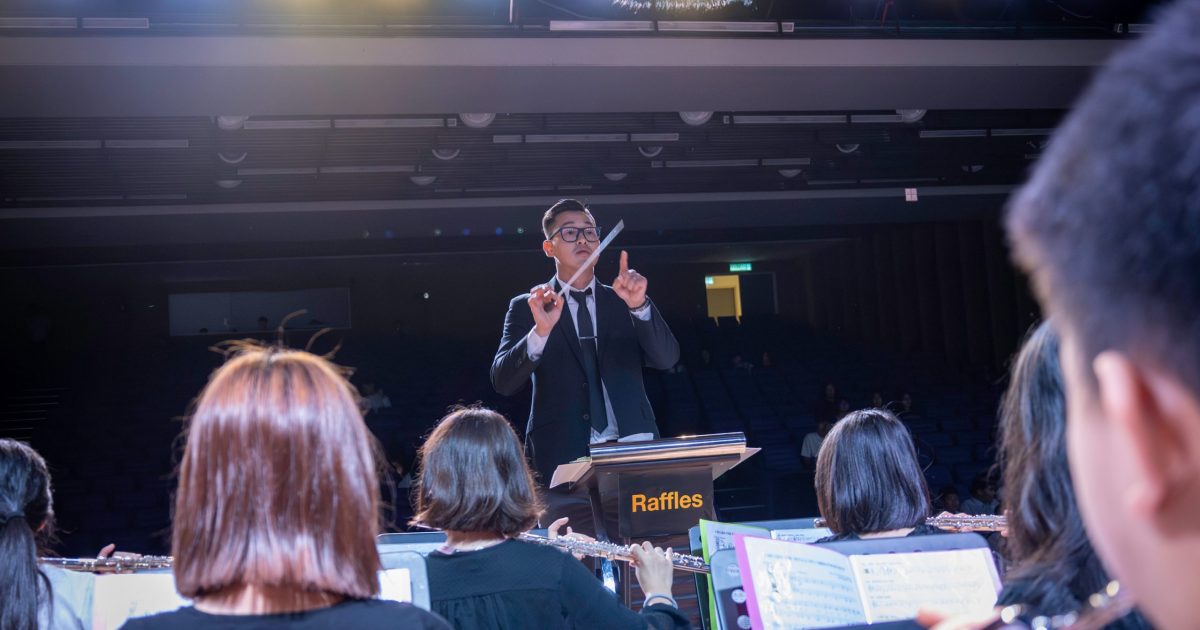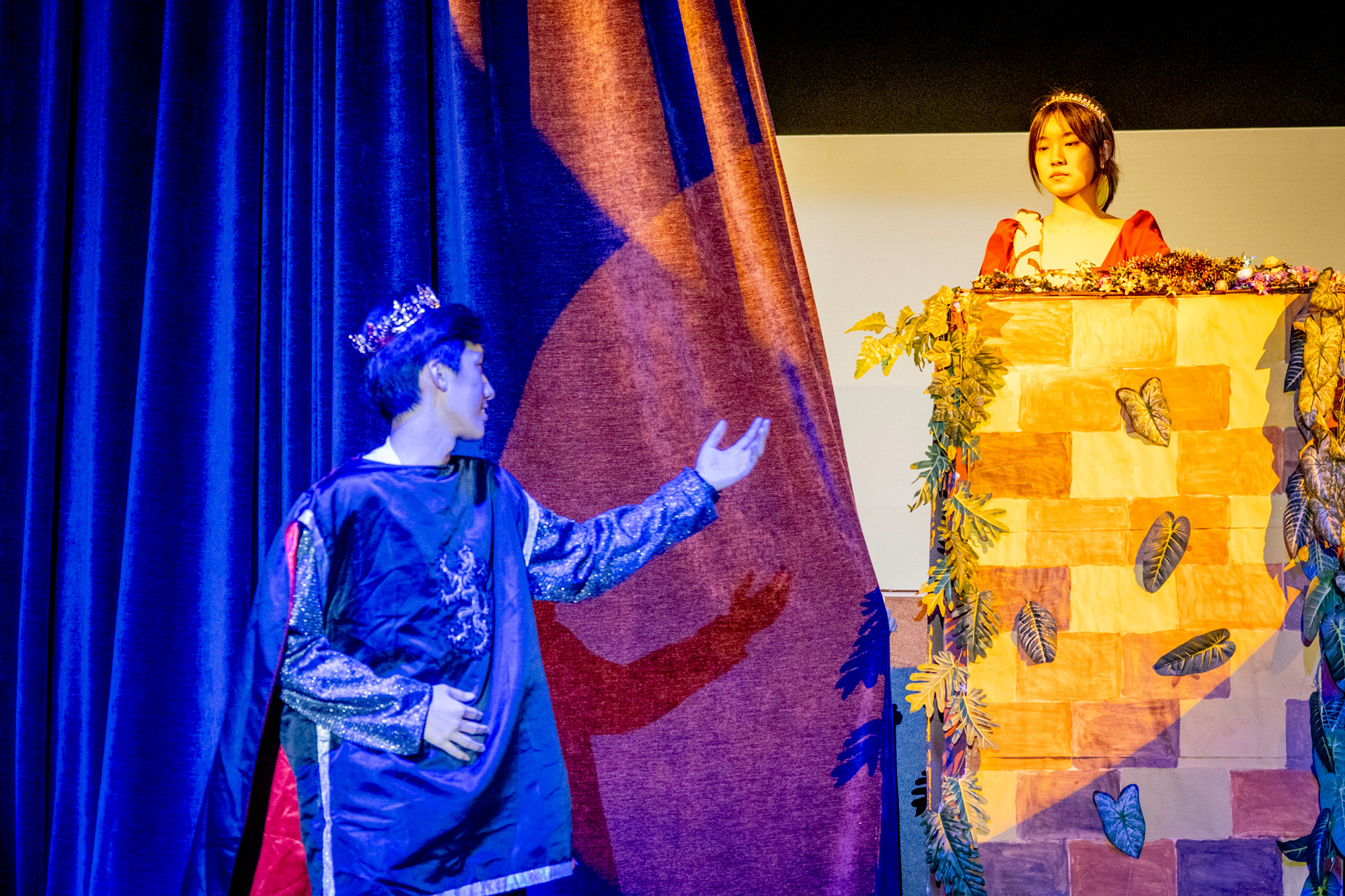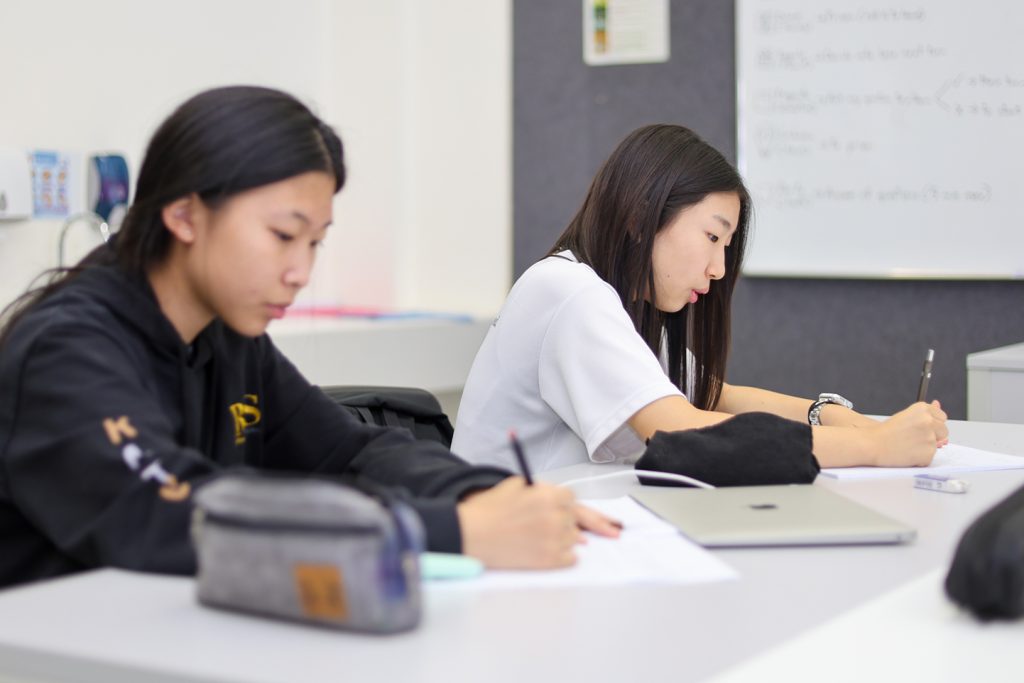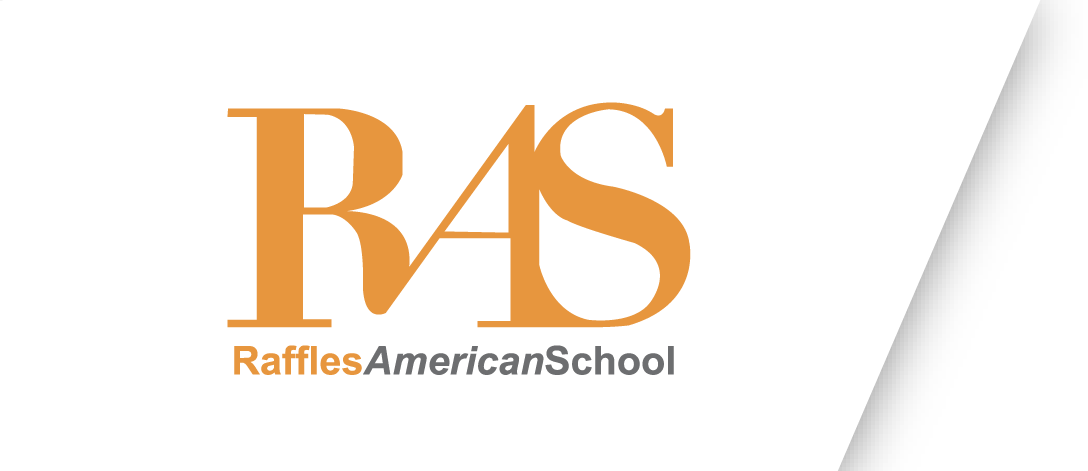Unlocking Global Potential: The Power of an Arts Program in International Schools
Imagine education as a tapestry, with each subject represented by a different thread. The sciences and mathematics might be the sturdy, reliable warp threads that form the foundation, while history and languages add intricate details. However, the arts provide vibrant and colorful woven threads, weaving through the others to create a masterpiece of creativity, imagination, knowledge, emotion, and expression. Without these artistic threads, the tapestry may still hold together, but it would lack the richness, depth, and beauty that truly make it stand out.
In the same way, international schools cater to a diverse student body, often with students hailing from various cultural backgrounds. Amidst the focus on academic achievement, science, and technology, arts programs can sometimes be sidelined. However, incorporating arts into the curriculum of an international school offers a vibrant range of benefits that enrich students both academically and personally.

1. Enhancing Creativity and Critical Thinking
One of the most obvious benefits of a robust arts program is the enhancement of creativity and thought. Participation in visual arts, music, dance, and theater encourages students to think outside the box and approach problems with innovative solutions. According to research by The National Endowment for the Arts, students who engage in arts are more likely to think critically and problem-solve effectively, essential skills in any field of study (NEA, 2012).
This becomes even more critical in an international setting. Students from diverse backgrounds bring unique perspectives to the creative process, leading to richer, more varied artistic expression.

2. Building Emotional Intelligence and Empathy
Arts programs also play a crucial role in developing emotional intelligence. Through participation in the arts, students learn to express themselves, navigate complex emotions, and understand the experiences of others. Drama, in particular, can help students step into someone else’s shoes, fostering empathy. The Arts Education Partnership highlights that students who engage in arts education are more socially engaged and show greater empathy (AEP, 2013).
This ability to empathize and connect with others is invaluable in an international school, where students come from varied cultural contexts. Exposure to different artistic traditions from around the world allows students to appreciate cultural diversity and build bridges of understanding, a vital skill in a globalized world.

3. Improving Academic Performance
Contrary to the common misconception that arts take time away from core subjects, studies have shown that involvement in arts programs positively correlates with academic achievement. Research from The President’s Committee on the Arts and the Humanities (PCAH) suggests that students who participate in the arts show higher academic performance and improved standardized test scores (PCAH, 2011). This is likely due to the discipline, focus, and time management skills that arts education cultivates.
In international schools, where the curriculum often includes rigorous academic programs such as the International Baccalaureate (IB) or Advanced Placement (AP), the inclusion of arts can provide a valuable outlet for students to decompress and recharge, ultimately improving their performance across all subjects.

4. Enhancing Communication Skills
The arts are fundamentally about communication. Whether through painting, music, or theater, students learn to express complex ideas in non-verbal ways. For students in international schools, where multiple languages are often spoken, this ability to communicate across linguistic barriers can be particularly beneficial. A well-rounded arts program offers students the tools to express themselves in ways that transcend language, fostering a deeper level of communication with their peers.

5. Boosting Confidence and Teamwork
Finally, an arts program nurtures confidence and teamwork. Whether students are working together on a school play, a group mural, or a musical ensemble, they learn how to collaborate, share responsibilities, and appreciate the value of each other’s contributions. Success in these projects often boosts students’ self-esteem, encouraging them to take risks and be more confident in other areas of their lives.
Just as a tapestry would be incomplete without the vibrant threads of color, education without the arts lacks the depth, creativity, and emotional resonance that truly bring learning to life. A well-developed arts program in an international school is not just an add-on but an essential part of a holistic education. It fosters creativity, emotional intelligence, academic success, communication skills, and confidence, all while preparing students for a globalized future. International schools strive to produce well-rounded, empathetic global citizens; the arts must remain central to their educational philosophy. The educational tapestry may hold together without these vibrant threads, but it will never achieve its full brilliance.
Advanced Placement (AP) courses provide students with a rigorous academic foundation that can enhance their college applications and prepare them for higher education. By taking AP courses, students demonstrate their ability to handle college-level material while still in high school, which can give them a competitive edge during the college admissions process. Many universities worldwide recognize AP scores for college credit, allowing students to potentially skip introductory courses and even graduate earlier. Additionally, the skills developed in AP courses—such as critical thinking, time management, and independent study—are invaluable in a college setting, ensuring that students are better prepared to succeed academically once they transition to university life (College Board, 2021). Combining the AP courses with a strong arts program at Raffles American School creates a balanced education that supports both academic achievement and personal growth for our international students, where the academic demands are high.
Last academic year, our art students passed at a rate of 100% with an average score of 3.8 out of 5; if your child is interested in an arts degree for further education, contact our admissions office today at admissions@rafflesamericanschool.org.

13 Responses